A beaten docket is a losing ticket, often associated with horse racing – a feature of this area in the late 19th century. Attracting thousands of race-goers, Kingsbury Races were held five times a year, on land leased by William Perkins Warner, proprietor of the nearby Old Welsh Harp.
Illustrations of the races.
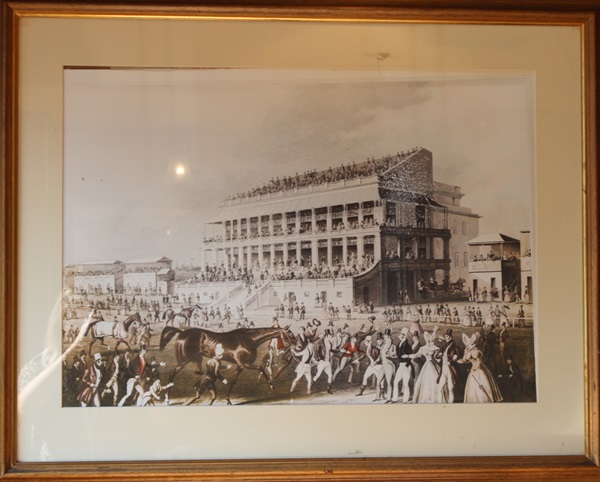
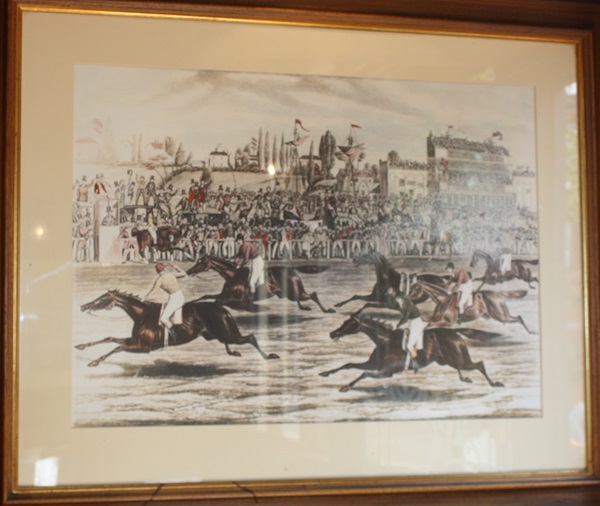
A print of the successful jockey, Mornington Cannon.
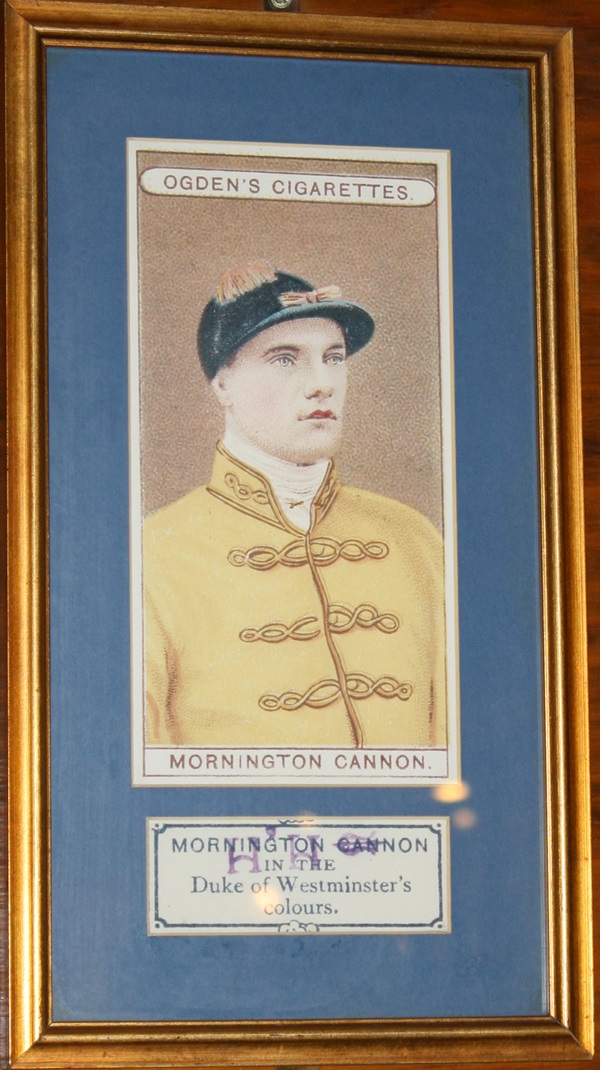
A print of the successful jockey, Herbert Jones.
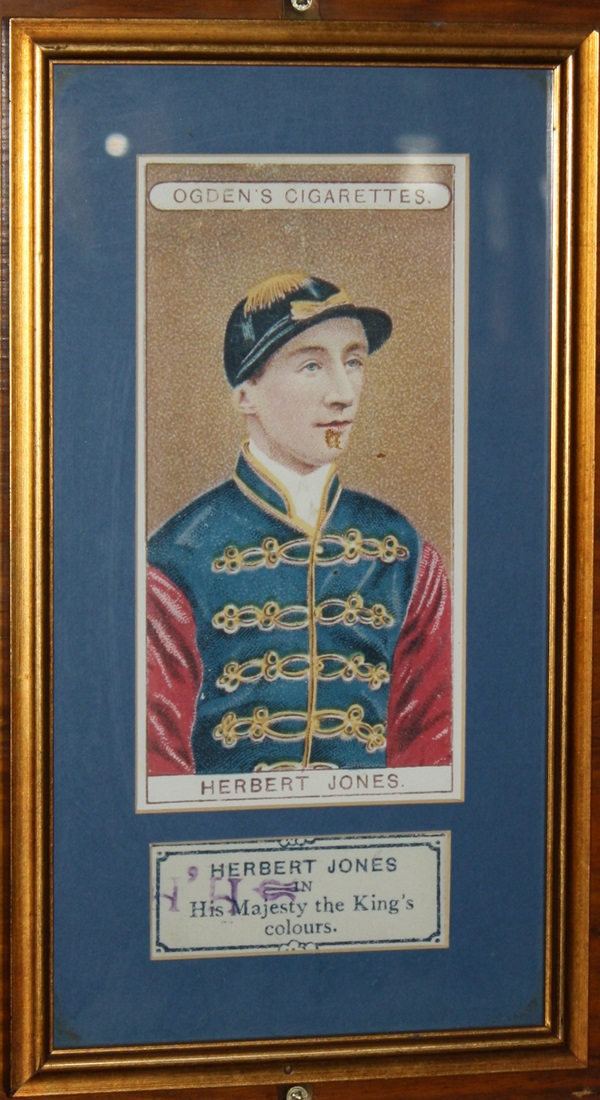
A collection of horse-racing tickets.
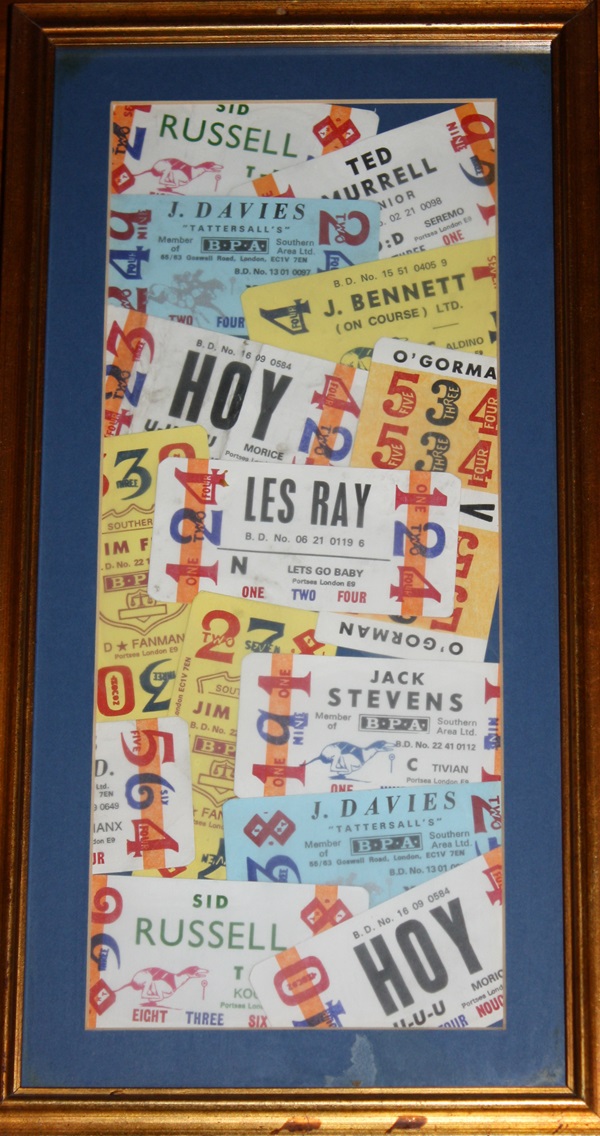
A print and text about the history of Cricklewood.
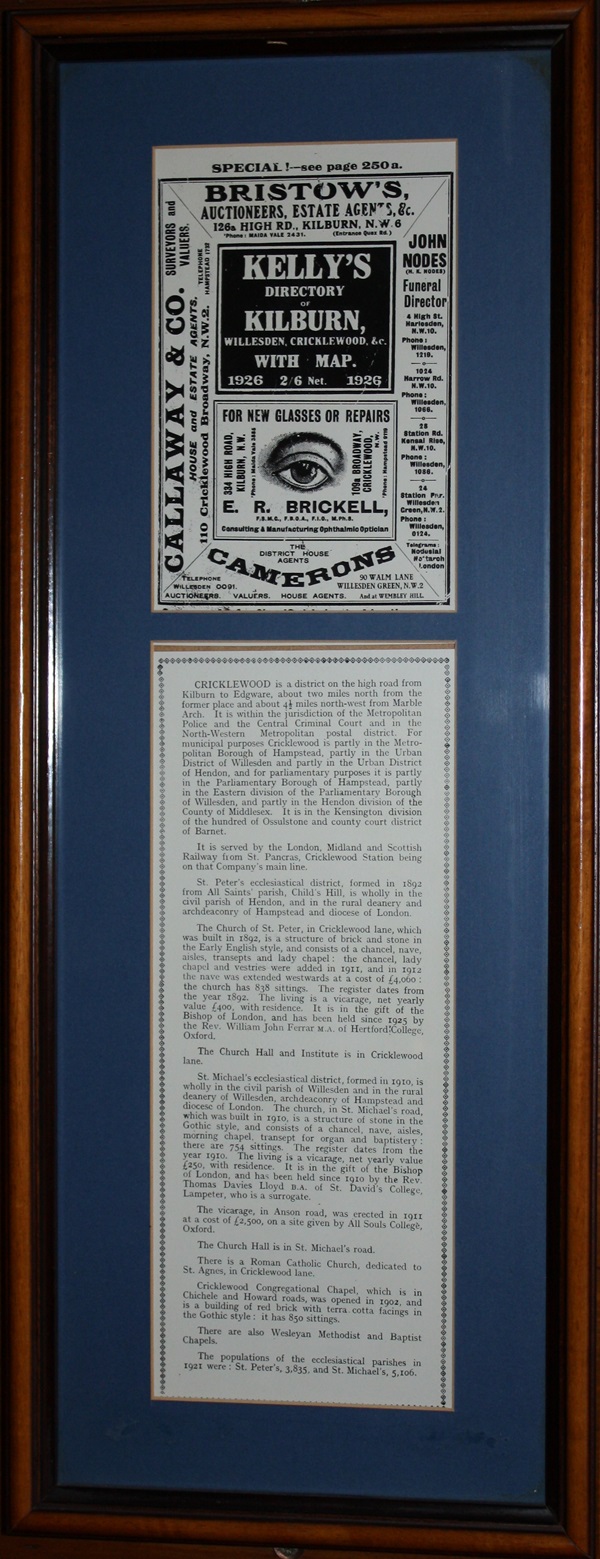
The text reads: CRICKLEWOOD is a district on the high road from Kilburn to Edgware, about two miles north from the former place and about 4.5 miles north-west from Marble Arch. It is within the jurisdiction of the Metropolitan Police and the Central Criminal Court and in the North-Western Metropolitan postal district. For municipal purposes Cricklewood is partly in the Metropolitan Borough of Hampstead, partly in the Urban District of Willesden and partly in the Urban District of Hendon, and for parliamentary purposes it is partly in the Parliamentary Borough of Hampstead, partly in the Eastern division of the Parliamentary Borough of Willesden, and partly in the Hendon division of the County of Middlesex. It is in the Kensington division of the hundred of Ossulstone and county court district of Barnet.
It is served by the London, Midland and Scottish Railway from St Pancras, Cricklewood Station being on that Company’s main line.
St Peter’s ecclesiastical district, formed in 1892 from All Saints’ parish, Child’s Hill, is wholly in the civil parish of Hendon, and in the rural deanery and archdeaconry of Hampstead and diocese of London.
The Church of St Peter, in Cricklewood lane, which was built in 1892, is a structure of brick and stone in the Early English style, and consists of a chancel, nave, aisles, transepts and lady chapel: the chancel, lady chapel and vestries were added in 1911, and in 1912 the nave was extended westwards at a cost of £4,060: the church has 838 sittings. The register dates from the year 1892. The living is a vicarage, net yearly value £400, with residence. It is in the gift of the Bishop of London, and has been held since 1925 by the Rev. William John Ferrar M.A. of Hertford College, Oxford.
The Church Hall and Institute is in Cricklewood lane.
St Michael’s ecclesiastical district, formed in 1910, is wholly in the civil parish of Willesden and in the rural deanery of Willesden, archdeaconry of Hampstead and diocese of London. The church, in St Michael’s road, which was built in 1910, is a structure of stone in the Gothic style, and consists of a chancel, nave, aisles, morning chapel, transept for organ and baptistery: there are 754 sittings. The register dates from the year 1910. The living is a vicarage, net yearly value £250, with residence. It is in the gift of the Bishop of London, and has been held since 1910 by the Rev. Thomas Davies Lloyd B.A. of St David’s College, Lampeter, who is a surrogate.
The vicarage, in Anson road, was erected in 1911 at a cost of £2,500, on a site given by All Souls College, Oxford.
The Church Hall is in St Michael’s road.
There is a Roman Catholic Church, dedicated to St Agnes, in Cricklewood lane.
Cricklewood Congregational Chapel, which is in Chichele and Howard roads, was opened in 1902, and is a building of red brick with terracotta facings in the Gothic style: it has 850 sittings.
There are also Wesleyan Methodist and Baptist Chapels.
The populations of the ecclesiastical parishes in 1921 were: St Peter’s, 3,835, and St Michael’s, 5,106.
An old poster for Elphick’s Ltd.
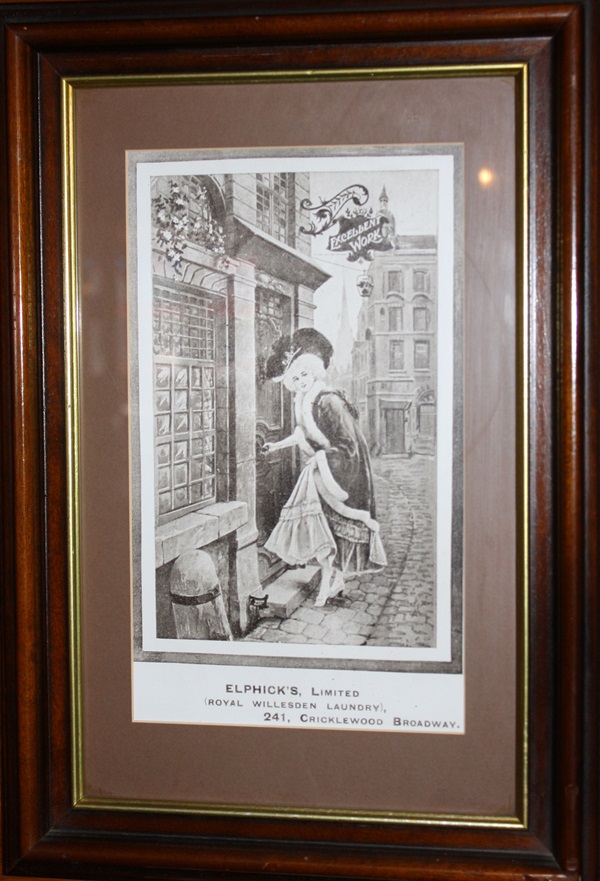
A photograph of Cricklewood Broadway.
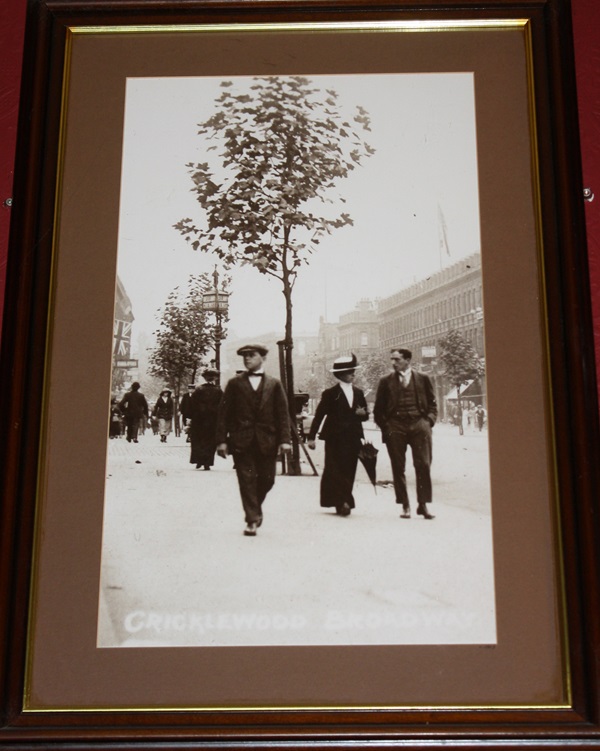
A photograph of Cricklewood Broadway.
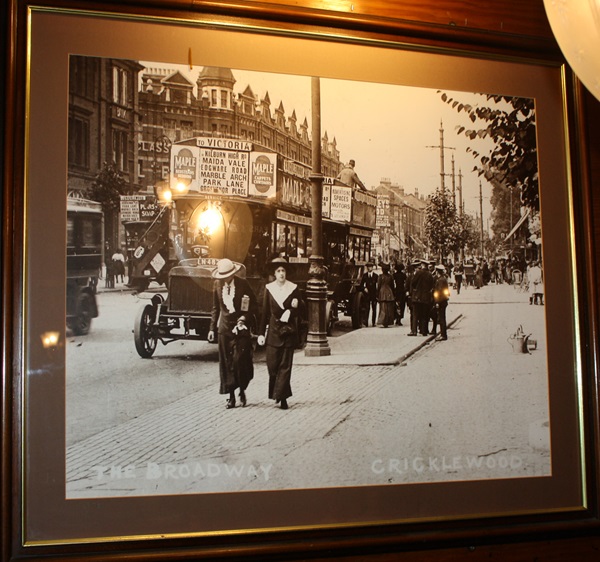
A photograph of Cricklewood in the past.
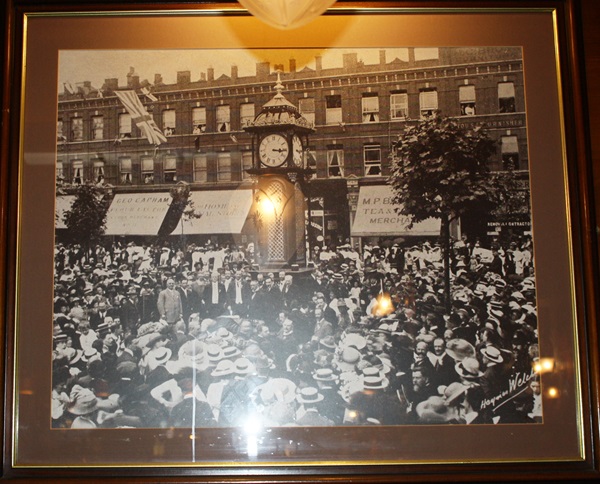
A photograph of the omnibus terminus, c1905.
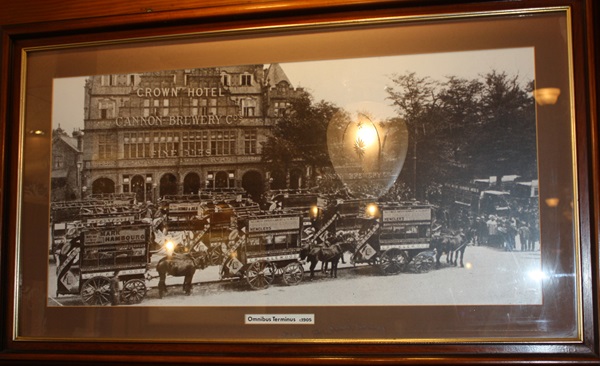
A photograph of Melrose Avenue, c1912.
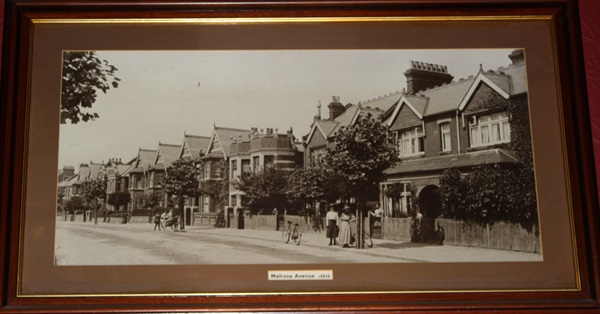
A photograph of Tea Gardens, Gladstone Park, c1912.
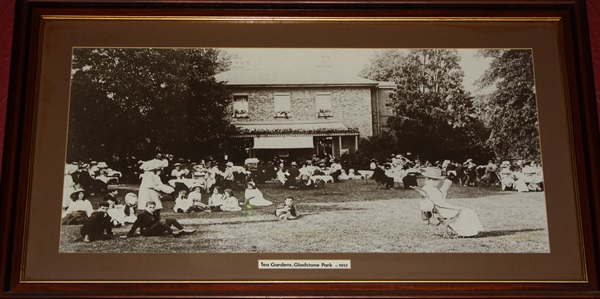
A photograph of an omnibus in Cricklewood.
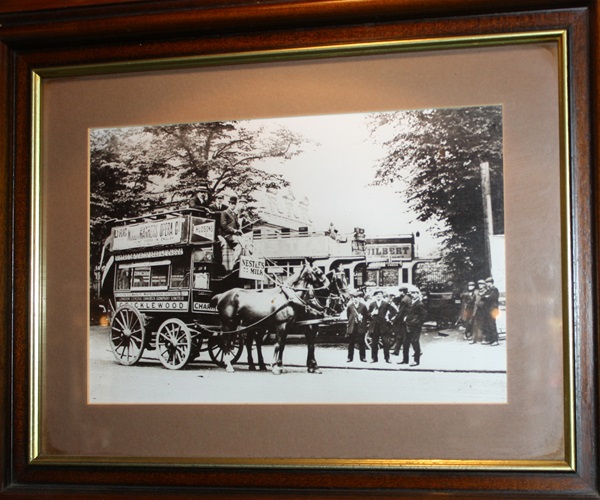
A photograph of Cricklewood Broadway.
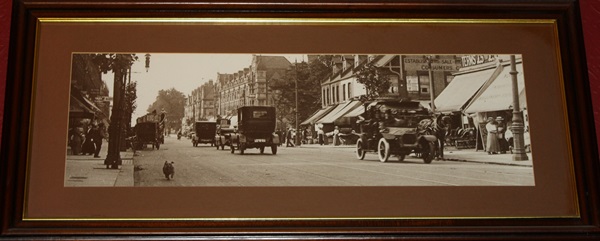
If you have information on the history of this pub, then we’d like you to share it with us. Please e-mail all information to: pubhistories@jdwetherspoon.co.uk